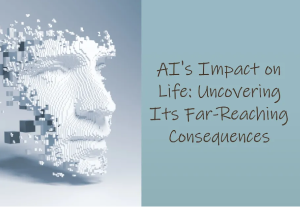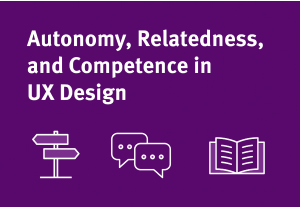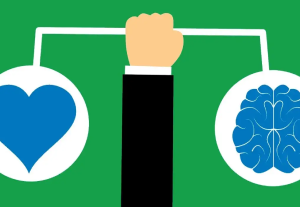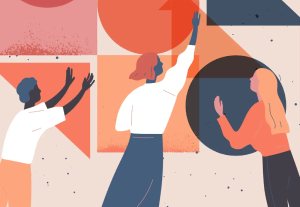- Design, Human factors, Privacy and Data Security, Short News, Strategy, UX Education
What started out as a joke became a personal observation of how creators and companies use dark patterns and explain it as a successful digital strategy. It seems that we are all alright with that and even applaud it. I think that needs to change.
Article by Robin Fransz
Has Digital Strategy Become A Synonym for Dark Pattern?
- The article sheds light on the pervasive use of dark patterns in digital design and challenges the acceptance and applause they receive.
- With personal anecdotes and insights, the author underscores the need for change, ethical considerations, and data-driven decision-making to prioritize user advocacy.
Share:Has Digital Strategy Become A Synonym for Dark Pattern?
Share this link
- July 20, 2023
4 min read







